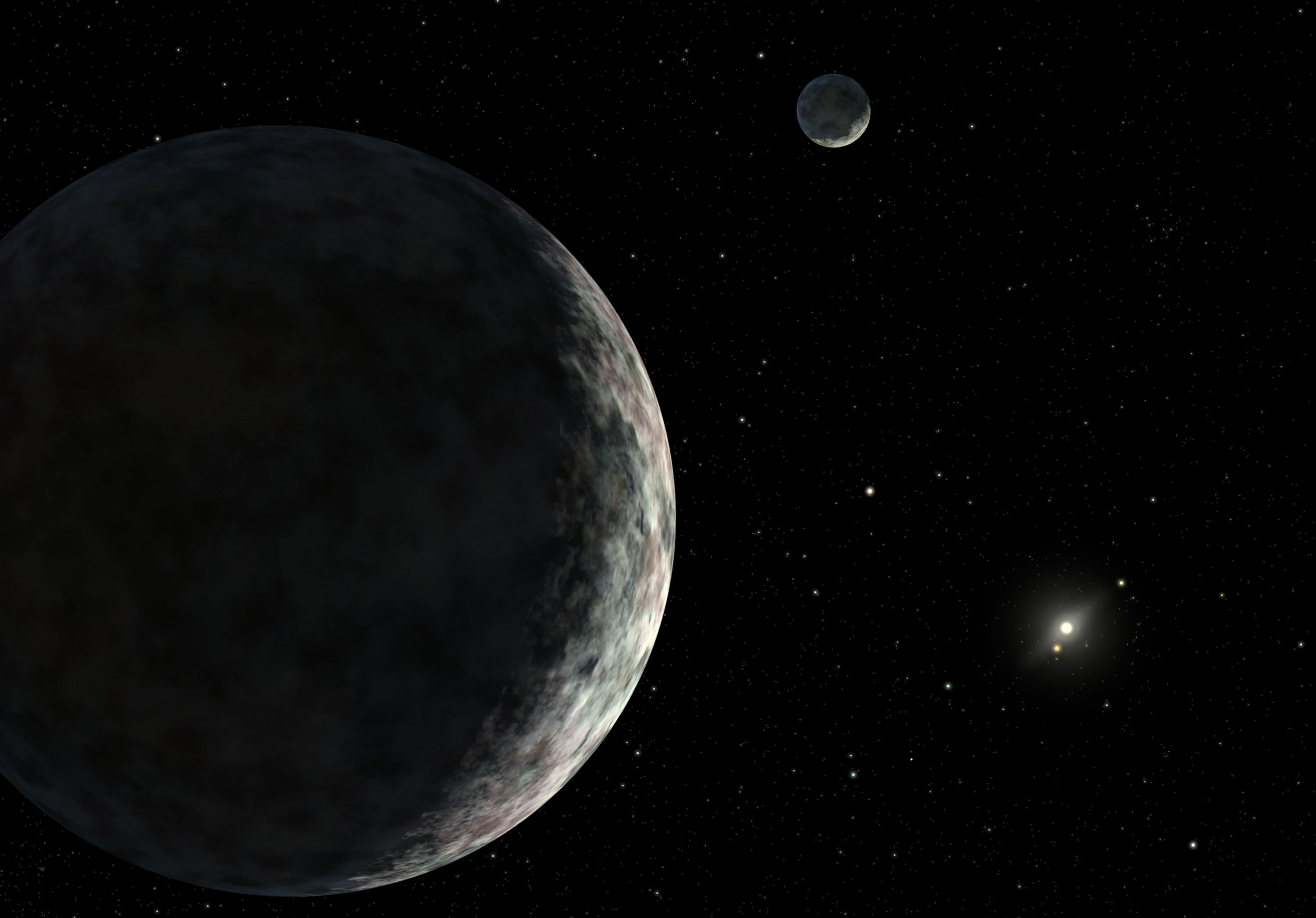Host: Fraser Cain (@fcain)
Special Guest: LIGO Team Members:Kai Staats and Michael Landry
Kai Staats is a filmmaker, lecturer and writer working in science outreach. He is currently completing his MSc thesis for his research in machine learning applied to radio astronomy at the University of Cape Town and the Square Kilometer Array, South Africa. Staats was for ten years CEO of a Linux OS and HPC solutions provider whose systems were used to process images at NASA JPL, conduct sonar imaging on-board Navy submarines, and conduct bioinformatics research at DoE labs. In 2012 Staats engaged his passion for storytelling through film. His work includes sci-fi, human interest, wildlife conservation, and science outreach and education. “LIGO Detection” marks Staats’ 3rd film for the gravitational wave observatory that in February announced detection of merging black holes.
Mike Landry is Detection Lead Scientist at LIGO Hanford Observatory (LHO), Washington State. He began working on LIGO in 2000 as a Caltech postdoc at LHO, and has remained there since. Mike has worked on a variety of aspects of the experiment, including commissioning, calibration, and searches for gravitational waves from spinning neutron stars. From 2010 to 2015, he led the installation of Advanced LIGO at Hanford. Prior to working on LIGO, he received his Ph.D. in particle and nuclear physics from the University of Manitoba, for studies in strange hadronic physics at the Brookhaven National Laboratory’s AGS accelerator.
Guests:
Paul M. Sutter (pmsutter.com / @PaulMattSutter)
Morgan Rehnberg (MorganRehnberg.com / @MorganRehnberg)
Kimberly Cartier (@AstroKimCartier )
Their stories this week:
The discovery of a habitable zone “Tatooine” planet
Experimenting with igniting fires in space
1/3 of the world (and 80% of Americans) can’t see the Milky Way
Eight space telescopes are renewed by NASA
We’ve had an abundance of news stories for the past few months, and not enough time to get to them all. So we are now using a tool called Trello to submit and vote on stories we would like to see covered each week, and then Fraser will be selecting the stories from there. Here is the link to the Trello WSH page (http://bit.ly/WSHVote), which you can see without logging in. If you’d like to vote, just create a login and help us decide what to cover!
We record the Weekly Space Hangout every Friday at 12:00 pm Pacific / 3:00 pm Eastern. You can watch us live on Google+, Universe Today, or the Universe Today YouTube page.
You can also join in the discussion between episodes over at our Weekly Space Hangout Crew group in G+!


